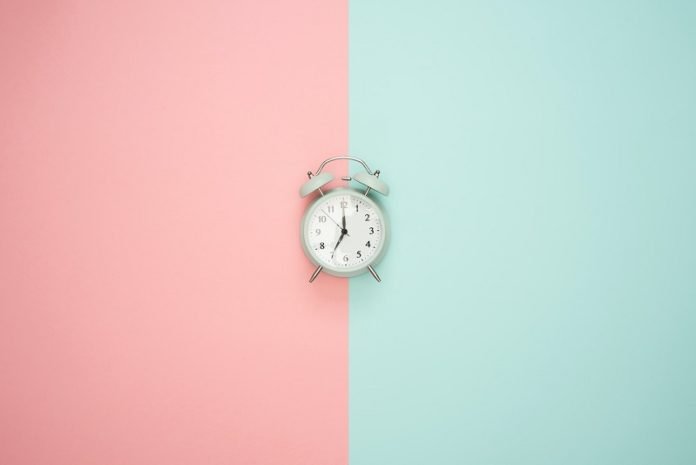
Some have said Benjamin Franklin first came up with the idea of daylight saving time (DST).
Others believe it was adopted so farmers could have more hours of sunlight to work in the field.
The real history of daylight saving time is much more complex.
It was first introduced in Germany in 1916 during World War I as an energy-saving measure, according to CU Boulder sleep researcher Kenneth Wright.
The U.S. followed suit, adopting DST in 1918. Initially implemented as a wartime measure, it was repealed a year later.
Daylight saving time was reinstituted in 1942 during World War II. The next couple of decades were a free-for-all when states and localities switched between DST and standard time (ST) at will.
To put an end to the clock chaos, Congress finally passed the Uniform Time Act in 1966, which standardized daylight saving time and its start and end date across the country — with the exception of Hawaii and Arizona, which opted to keep standard time year-round.
During the energy crisis of 1974, the U.S. decided to adopt permanent DST. However, after the first winter of dark mornings, public support dropped so low that it was repealed.
In recent years, U.S. lawmakers, including Colorado Governor Jared Polis, have reopened the conversation about shifting to permanent daylight saving time.
In March, the Senate unanimously passed the Sunshine Protection Act, which would put an end to the semiannual changing of the clocks. While more sun in the evenings might sound nice, many experts — including Wright, director of CU’s Sleep and Chronobiology Lab — disagree with the proposal.
“If you look at the expert consensus from the scientific societies that focus on sleep, health, and circadian rhythms, all of them agree this is a bad idea,” Wright told CU Boulder Today earlier this year.
“Yes, we should be getting rid of the time change. But the science suggests we should be sticking with standard time, not daylight saving time.”
More sunlight in the evenings comes at the price of morning light — a dangerous trade-off, according to Wright. Dark mornings mean sleepier commuters, icier roads, and more school children walking to school or waiting for the bus before the sun comes up, he said.
The extra evening sun also causes concern.
Wright explained, “When we get exposed to light at night, that sends a signal to our circadian clock that we should go to bed later and wake up later. Later sleep timing is associated with more substance use and physical and mental health problems, including obesity, depression, and heart disease.”
For permanent daylight saving time to become a reality, the Sunshine Protection Act will need to pass through the House of Representatives and be signed into law by President Joe Biden. Whether or not members of the House will heed experts’ warning is yet to be seen.
And so, the storied history of daylight saving time continues.
Written by Alexx McMillan.



